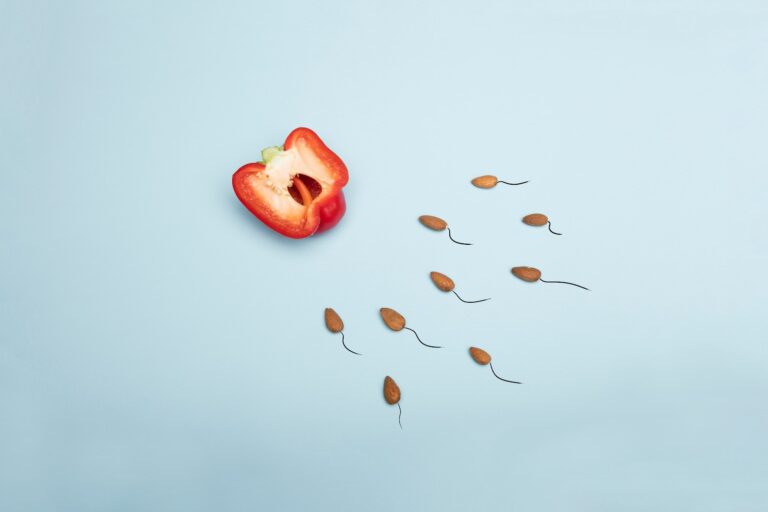If you’re trying to get pregnant, you’ll want to keep an eye on your menstrual cycle and ovulation signs. That way, you can have sex right before or during ovulation so your egg is more likely to be fertilized.
It takes up to a week for conception to happen after sex, when an egg becomes a fertilized embryo. Conception typically happens in the fallopian tubes, where sperm wait for an egg and swim competitively to reach it.
Fertilization
It can take up to six days after sex for an egg and sperm to join together. Once that happens, a fertilized egg (now an embryo) makes its way to your uterus and begins growing. This is the beginning of pregnancy, which can only happen if you have sex during the fertile window and the sperm and egg match up.
During sexual intercourse, sperm travel to the egg, which is waiting in the fallopian tube. Millions of sperm are released during sex, but only a small number ever reach the egg. Once sperm get close enough to the egg, it changes the surface of the egg and allows sperm to enter. This process is called fertilization, and it’s the key to getting pregnant.
Sperm can live inside a woman’s reproductive tract for about five days after sexual intercourse, but it’s much easier to conceive during the few days around ovulation. Many couples use daily temperature readings to track ovulation and the fertile window, but most don’t do this correctly and wind up missing their chance of becoming pregnant month after month.
Once the egg and sperm have joined, it can float around in the uterus for a few days until it finds the perfect spot to implant. This is what causes a positive result on a pregnancy test. During this time, a woman’s body releases hormones that help prepare her uterus for the embryo to grow.
Ovulation
Ovulation happens when one of your ovaries releases a mature egg. The egg only survives for a day or two before it dies, unless sperm fertilizes it. If sperm reaches the egg in time, it becomes a fertilized egg (a zygote). The zygote then travels down the fallopian tube and attaches to your uterine lining. Then, you’re pregnant.
Fertilization can happen as soon as three minutes after sex, but it usually takes about five days for the egg to implant into your uterine lining. This is known as the fertile window.
Most pregnancies can be attributed to intercourse during the six-day period ending on the day of ovulation, according to a study published in PLOS One. But that doesn’t mean you can’t get pregnant if you have sex earlier or later in this window.
If you track your menstrual cycle, you can see when your fertile window is each month. This is important because it helps you plan when to have sex so you can increase your chances of getting pregnant. It also means you can avoid having sex on days when it’s unlikely to lead to pregnancy. That’s because sperm can live for up to five days inside your reproductive tract. But, if you have sex before ovulation and your egg is not fertilized, it will eventually pass away during your next menstrual period.
Implantation
After sperm and an egg successfully meet, they begin to grow and develop. This process is called implantation and it happens about six days after conception (also known as fertilization). This is when the fertilized egg attaches to the uterus lining, and this is when pregnancy symptoms usually appear.
In some cases, a fertilized egg can implant within minutes of having sex. But this isn’t always the case, and it can take up to five days for a fertilized egg to reach the uterus and attach. This is why sex can’t guarantee that you’ll get pregnant.
Healthy sperm can survive for several days inside the reproductive tract, and they’re able to travel to an egg even if you’ve had sex a week before ovulation. However, sperm typically have a much shorter lifespan in the fallopian tubes than in the uterus, and they can only swim so fast.
Once an egg has been fertilized, it forms a blastocyst that has a thin outer layer and a larger inner group of cells. This is the embryo that eventually becomes part of your placenta. The embryo also starts to release human chorionic gonadotropin, or hCG, which is what shows up on at-home pregnancy tests. You’ll start to see hCG in your pee around 11 days after implantation. HCG is a hormone that’s produced by the fertilized embryo to trigger your body to produce and shed its own uterine lining in preparation for the fetus.
Early Pregnancy Symptoms
When a woman is trying to get pregnant, she will want to know when the pregnancy symptoms are likely to start. Some women will have symptoms early on, while others will not notice any signs until they miss their period and take a test.
Fertilization can occur within minutes of sex or it may take several days. Once sperm and an egg are fertilized, they start dividing quickly to form a cluster of cells that will become an embryo. The embryo then travels from the fallopian tubes to the uterus. Once it is there, implantation takes place. It’s common for people to experience a little light bleeding when implantation happens. This can be mistaken for a period and confuse some women.
Once the fertilized egg has implanted into the uterus, you will have a missed period and be considered to be pregnant. Some people will also experience early pregnancy symptoms, including breast changes. These can be swollen or tender to the touch and feel heavy. The area around the nipples, known as areolas, might darken. Some women also feel emotional or tired during this time due to the rapid increase in hormones.
See Also:



